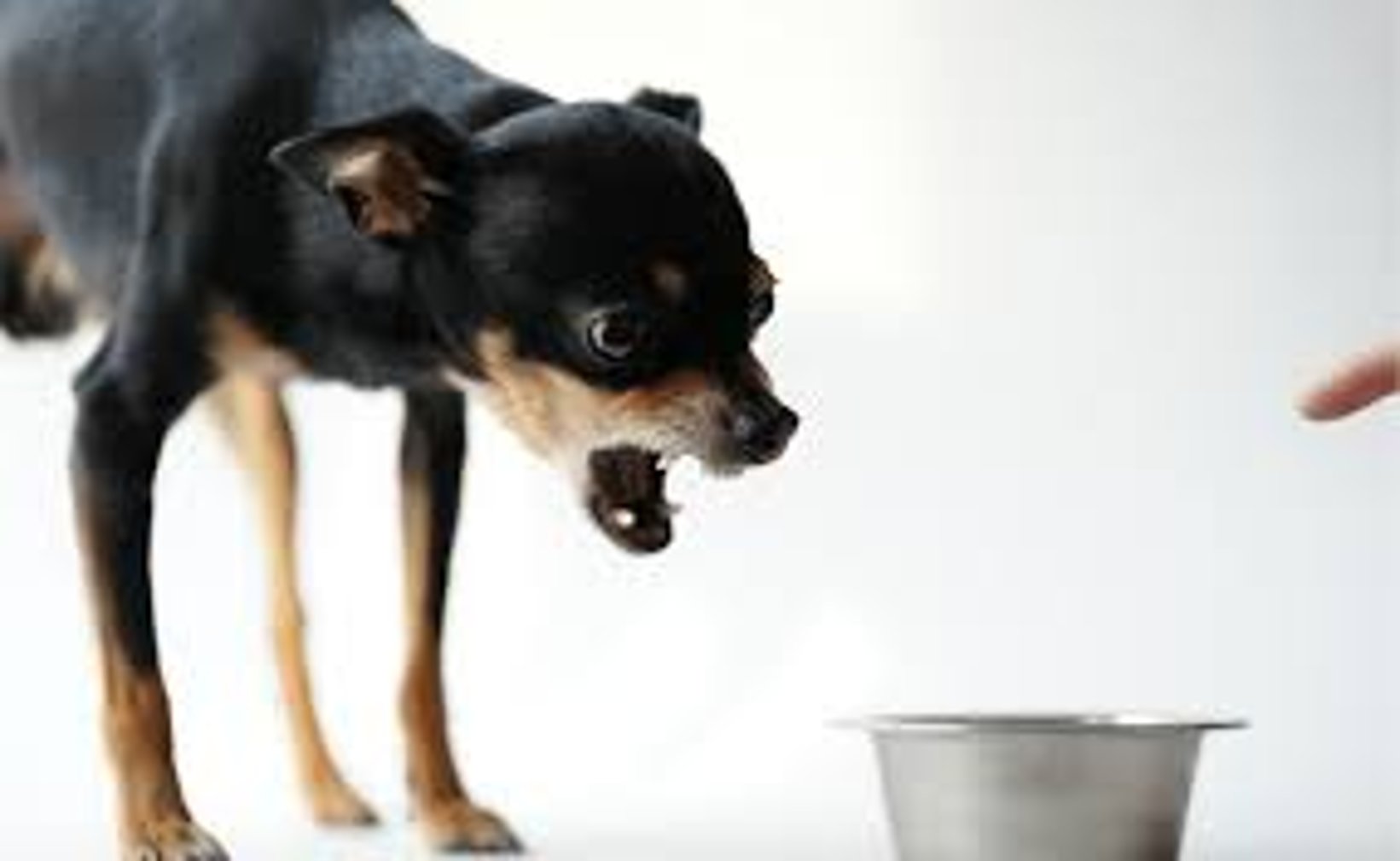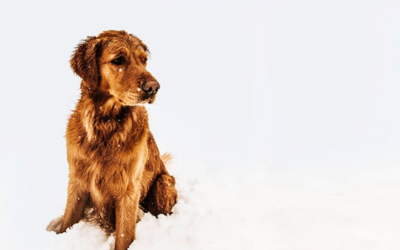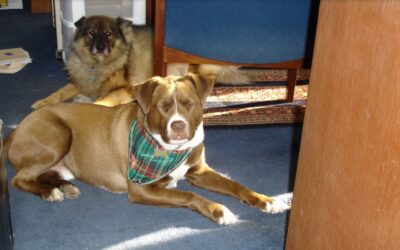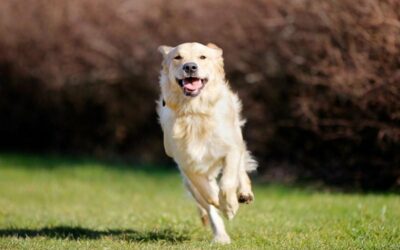Practically all of us at one time have experienced a dog resource guarding. Guarding a resource, whether food, territory, a human etc. is a natural behavior in canines. Canine guarding is used to gain priority access to that resource. Aggression i.e. the threat to harm or actual harming of another canine or human, may be deployed to gain or keep access to the resource. There is a genetic component to this behavior. Dogs bred for guarding e.g. Shepherds, Dobermans, and Rottweilers etc. may exhibit more of this behavior. The good news is there is even a larger environmental component making up this behavior. Unsocialized dogs with low self-confidence, fearful and anxious show increased resource guarding. As the leader of your dog’s pack, you can control your dog’s environment and his perceptions to lessen/eliminate this behavior.
In treating any problem behavior owners must always consider the 3 Ms-Management, Modification And/or Medication. Consider management first. Change the environment to eliminate guarding opportunities or eliminate the dog’s access to the resource. If your dogs get possessive of their food bowls move the dogs and their bowls to separate rooms so they don’t have an opportunity to guard. If your dog elevates on the couch (the higher the eyes the higher the status) and guards against other dogs elevating, place static mats on the couch so your dog doesn’t get up on the couch in the first place. Crates, baby gates, pens and long lines are great tools that help control your dog’s space and prevent undesirable behaviors.
Next consider modifying the behavior. You want to desensitize your dog to hands being around his resource. You also want to counter condition his reaction to your hand so he happily accepts your bringing great things to him! The easiest way to get a dog to give up a prized possession he is mouthing is to train a “go find” behavior. Heat up some strips of protein-salmon, beef, chicken, and toss a couple of the treats right to his nose as you tell him to “go find.” Watch him happily scarf them up. Now he is primed for the game! Wave a treat in front of your dog’s nose at a distance where he doesn’t guard. Throw the treat a couple feet away from him and tell him to “go find.” Your dog will drop what he has in his mouth to go for the treat. As he does, pick up the item he was guarding and put it away. As your dog gets more familiar with your hand bringing treats around his mouth you will actually be able to bring the treat to his nose and trade off with a drop it/take it command. You can use a similar technique for dogs that guard their food bowl. Throw treats near the food bowl or into the food bowl far enough away that your dog doesn’t guard. Eventually close the distance until you can bring your hand to the food bowl and drop the treat into it.
Finally consider natural solutions for dogs that aggressively resource guard despite the above. I have successfully used CBD and Colostrum (Composure by VetriScience) to train away resource guarding. Colostrum is the calming hormone derived from the mother’s milk. Studies show that CBD tamps down the fight or flight reaction in the amygdala and increases activity in the prefrontal cortex which is the rational, problem-solving area of the canine brain.
Obviously owners are aware of a multitude of other types of resource guarding including resource guarding a favorite human from other humans or dogs, guarding various resources such as bones, socks, guarding territory etc. All of these guarding situations require problem-solving with a certified trainer to prevent guarding leading to aggression.
It goes without saying that professional training for the dog and the owner is a prerequisite to solving guarding problems. Learning focus and obedience exercises to do with your dog increases his confidence and his respect for your leadership. You as the leader of your pack must make the decisions about resources. Otherwise, your dog will. Canine Command owners learn how to control access to resources i.e. space, height, food, owners etc. Owners implement rules surrounding those resources i.e., sit stays, down stays and/or stand stays are required to obtain any resources. Owners also learn how to humanely discipline for violation of those rules without losing their cool or becoming physical. Finally, owners learn how to practice leadership rituals when interacting with their dogs e.g. determining when play begins and ends, not constantly elevating their dog, not letting their personal space be invaded without permission etc.





